Speaker
Description
The Linac Coherent Light Source (LCLS) at SLAC is operating with a normal-conducting Linac (up to 17 GeV, 120 Hz) and a new superconducting Linac (up to 4 GeV, 1 MHz, since 2023). Free Electron Laser (FEL) beams can be generated by two adjustable gap undulators: one for soft X-rays and one for hard X-rays.
FEL beams are capable of damaging materials and the mechanism of the damages from normal-conducting and superconducting beams are different. For normal-conducting beams, the ablation from strong pulses and thermal fatigue from repeated pulses are the source of damage. For superconducting beams with high repetition rate, the heat can be accumulated between pulses and thus the damage can also come from the combination of high temperature and large pulses. It is critical to detect such damages so radiation safety interlocks can shut off FEL beams before all safety layers are drilled through.
This presentation introduces the analyses of material damages and the designs of burn-through detection for stoppers, collimators, and other radiation safety devices, and shows the tests using normal-conducting and superconducting FEL beams to verify the analyses and designs.
*This work is supported by the Department of Energy Contract DE-AC02-76SF00515
| Scientific Topic 6 | Radiation damage to materials |
|---|

